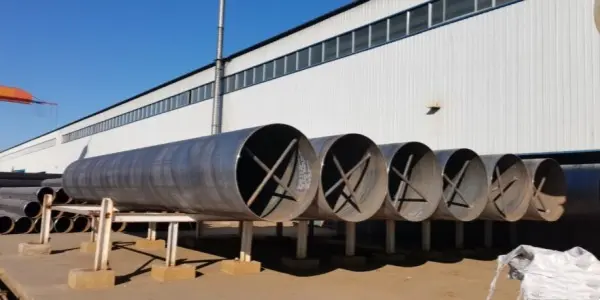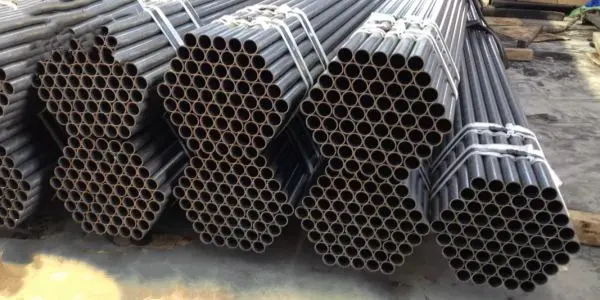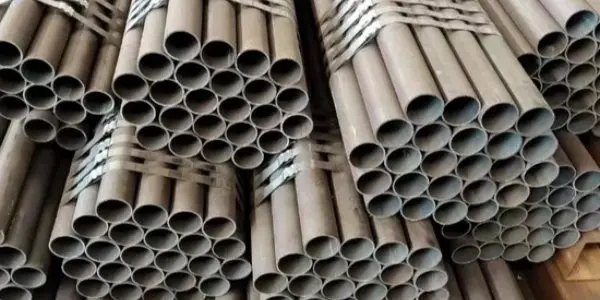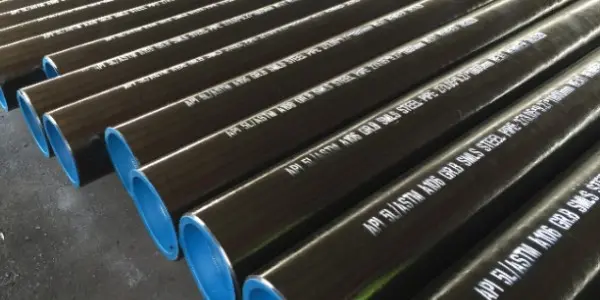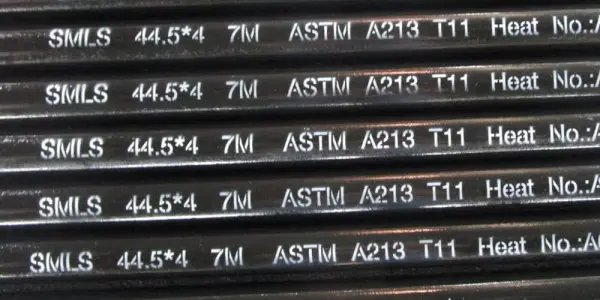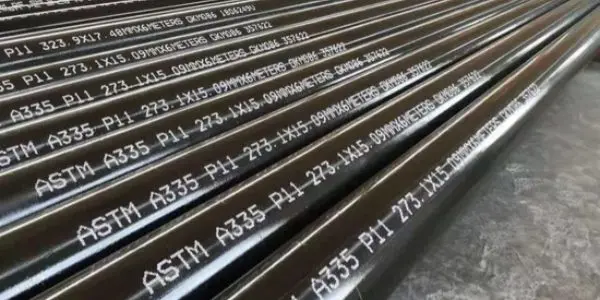-
Details about GOST 20295 SSAW steel pipes
GOST 20295 SSAW steel pipes are essential components in industries such as oil and gas, water transportation, construction, and infrastructure development. Governed by Russia’s GOST (State Standard) system, this specification ensures that the pipes meet rigorous standards for mechanical properties, chemical composition, and overall performance. In this guide, we’ll take a closer look at GOST 20295 Spiral Welded Pipe and its applications.
Read More
-
Overview of X46 SSAW steel pipe
X46 spiral welded pipe is a high-strength, low-alloy steel pipe produced in accordance with API 5L X46 specifications. Known for its excellent mechanical properties and reliability, it is commonly used in oil and gas transmission, structural foundations, and water conveyance systems. The spiral submerged arc welding (SSAW) technique enhances its strength, flexibility, and cost-efficiency, making it suitable for high-pressure and long-distance pipeline projects. Here's an overview of X46 SSAW steel pipe.
Read More
-
The complete guide for X42 SSAW steel pipe
X42 SSAW (Spiral Submerged Arc Welded) steel pipe is a high-strength, low-alloy pipeline product manufactured in accordance with API 5L X42 standards, which owns excellent mechanical properties and structural performance, making it an ideal choice for oil and gas transmission, water transportation, and foundation piling. Here is a complete guide for X42 SSAW steel pipe.
Read More
-
DIN 17175 seamless steel pipes for high-temperature applications
DIN 17175 steel pipes are specifically designed for use in elevated temperature environments. Union Steel supplies a range of steel grades under this standard, including St35.8, St45.8, 15Mo3, 13CrMo44, and 10CrMo910. These seamless pipes are manufactured from carbon and low-alloy steels known for their strength and resistance to high pressure and temperature conditions. Here's an overview of DIN 17175 seamless steel pipes for high-temperature applications.
Read More
-
ASTM A192 high pressure seamless carbon steel boiler tubes
ASTM A192 is a standard specification for seamless carbon steel tubes used in high-pressure boiler and superheater applications, designed with a minimum wall thickness. Pipes covered by this standard typically range in outside diameter from 1/2 inch to 7 inches (12.7 mm to 177.8 mm), with minimum wall thicknesses between 0.085 inch and 1.000 inch (2.2 mm to 25.4 mm). This article will briefly introduce ASTM A192 high pressure seamless carbon steel boiler tubes.
Read More
-
ASTM A179 seamless steel pipe for heat exchanger
The ASTM A179 specification applies to seamless cold-drawn low-carbon steel tubes intended for use in tubular heat exchangers, condensers, and similar heat transfer equipment. This article will briefly introduce ASTM A179 seamless steel pipe for heat exchanger.
Read More
-
ASTM A178 boiler tube specifications
The ASTM A178 specification pertains to electric-resistance-welded tubes with minimum wall thickness, manufactured from carbon steel and carbon-manganese steel. These tubes are designed for use in boilers, superheaters, and heat exchangers. Here's an overview of ASTM A178 boiler tube specifications.
Read More
-
ASTM A106 ASME SA106 seamless steel pipe
ASTM A106 and ASME SA106 standards apply to seamless carbon steel pipes intended for high-temperature service. These pipes are widely used in oil and gas refineries, power generation facilities, petrochemical plants, industrial boilers, and marine systems, where they are required to transport high-temperature, high-pressure fluids and gases safely and efficiently.
Read More
-
ASTM A213 seamless alloy steel pipes
The ASTM A213 standard specifies the technical requirements for seamless ferritic and austenitic alloy steel tubes used in boilers, superheaters, and heat exchangers. These tubes are primarily designed for high-temperature and high-pressure service conditions, commonly found in power generation, petrochemical, and industrial heat transfer systems.
Read More
-
ASTM A335 P11 vs P22 seamless alloy steel pipes
ASTM A335 is a widely used specification for seamless ferritic alloy steel pipes, specifically designed for high-temperature and high-pressure environments. This standard covers both low alloy and high alloy steel grades, making it ideal for applications such as power station boilers, petrochemical processing, and high-temperature pipelines. Among the various grades defined in ASTM A335, P11 and P22 are two of the most commonly used chromium-molybdenum (Cr-Mo) alloy steels. These two grades are both designed for elevated temperature service but exhibit distinct differences in chemical composition, mechanical properties, temperature limits, and typical usage scenarios. The following is a detailed comparison of the two.
Read More

 English
English Español
Español




 Tel : +86-18565811709
Tel : +86-18565811709 Email :
Email : 
